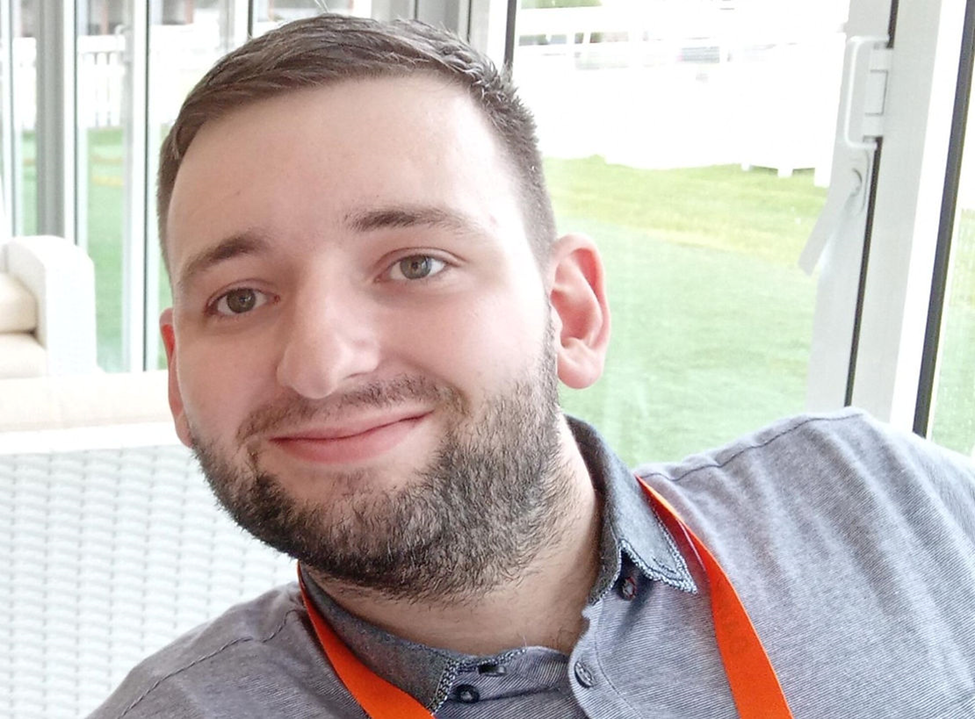From Data to Dignity: What We Can Learn About Down Syndrome and Development By: Michelle Zeman

Did you know that there’s research out there that children with Down Syndrome meet developmental milestones much later than neurotypical children? According to a 2024 study done by the American Academy of Pediatrics , there was a significant difference in developmental progress. In the study, 842 children and adults with Down syndrome enrolled in the Boston Children’s Hospital Down Syndrome Program were evaluated. It was reported that on average, most children with Down Syndrome walk without help by 4.5 years old, follow one-step directions (e.g., “come here”, “pick up _____”, etc.) by 5.5 years old, and drink from an open-cup without any assistance at 12 years old. In addition, it was reported that by their teenage years, 75% of children with Down Syndrome can follow two-step directions and use at least 50 words, signs, or pictures. By comparison, the average for neurotypical children meeting these milestones is when they are 2.5 years old. Now, if you know me, you know that I wa...








